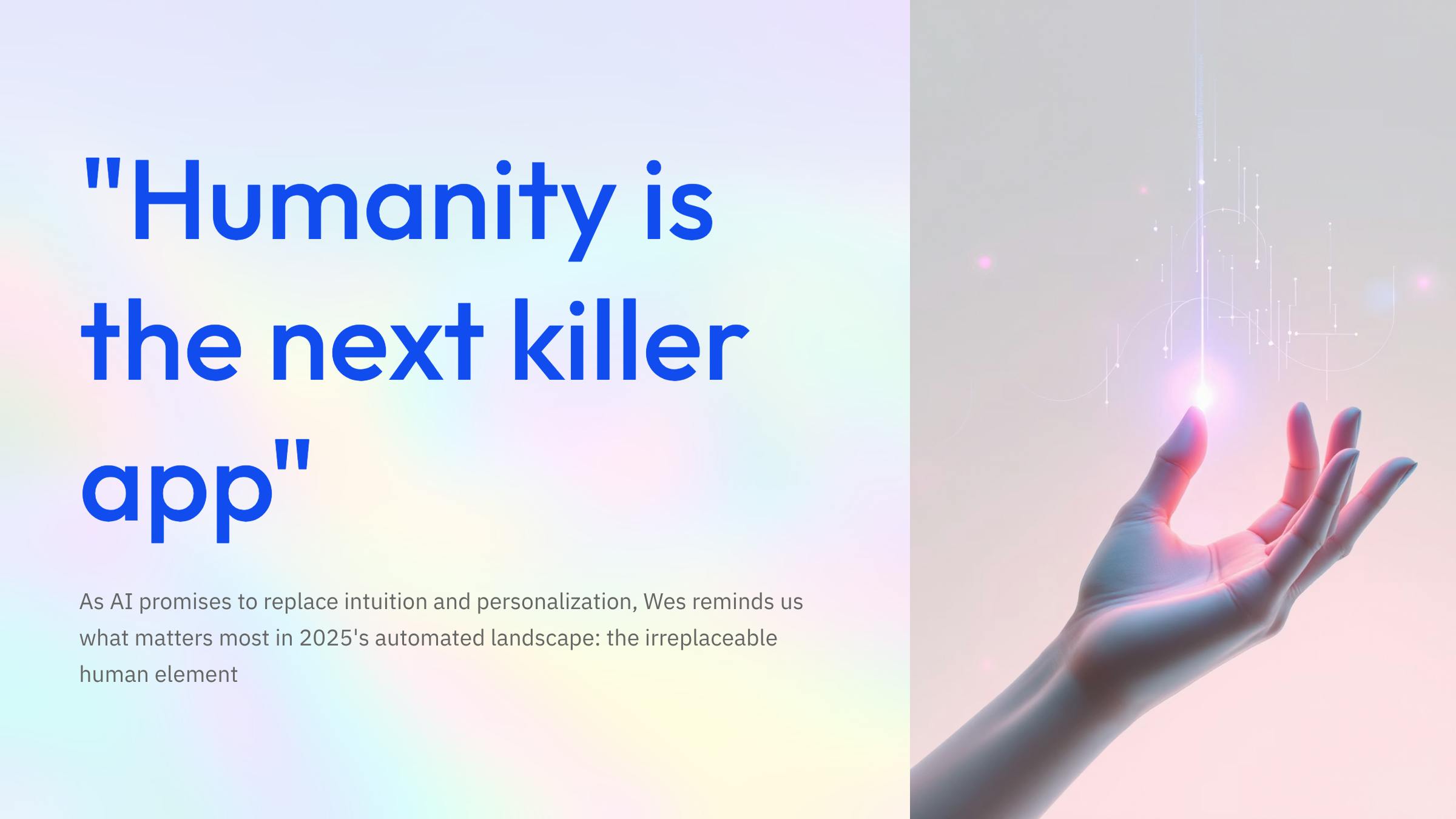To lead in AI, start smaller


In the first week of January, every gym in the country is filled with people who have decided that this is the year they will transform their health. They’ll eat better. They’ll get more sleep. They’ll workout daily. By February, most of these newcomers are nowhere to be seen. Transforming multiple health behaviors at once is really hard for humans unless a major health event like a heart attack or diabetes diagnosis forces them to do so. Consistent, incremental change is not only more sustainable but, considering the setbacks (e.g., injuries) that can arise from making drastic changes, it’s also faster.
The same is true in business. We see this playing out with AI right now, where many companies are caught between two flawed strategies: paralyzing caution, waiting for the technology to be “proven,” and distant moonshots in which massive transformations promise to reinvent entire organizations. Waiting almost guarantees you’ll be left behind by competitors who are already mastering a technology that will create order-of-magnitude shifts in business models. Meanwhile, most research shows that grand transformations fail with frequency. They can consume vast resources—often up to 10% of annual revenue—only to often leave organizations burnt out and distracted.
What if the path forward on AI is not grand transformation, but day-in, day-out honing?
The power of honing
In our new book Hone: How Purposeful Leaders Defy Drift, we argue that organizations should shift from relying on periodic, sweeping reinventions to continuous, purposeful micro-adjustments. Transformations are sometimes necessary but what we call “honing”— making small but deliberate changes that build cumulative momentum—is vastly underutilized. Just as a chef hones a knife daily to keep it prime—rather than waiting for it to dull and require the destructive act of sharpening—organizations can hone their approach to AI in ways that are less risky, more resilient, and ultimately faster and more effective than transformation.
Honing is not as glamorous as a moonshot, but it is no less ambitious. It’s about structuring progress differently: embedding improvement into everyday practice rather than waiting for perfect consensus, breakthrough technology, or flawless infrastructure. And in the end, it’s often faster because it avoids setbacks and costly corrections that come from rushing or making abrupt changes. By steadily aligning with market shifts and making incremental improvements, teams maintain constant momentum and can adjust to insights and advances in real time.
When leaders adopt the honing mindset with AI, it becomes part of organizational daily action rather than an episodic campaign. Instead of a single moonshot, focus on a portfolio of small, targeted experiments that build momentum. Here’s what honing looks like when applied to AI.
- Improve existing systems before aiming for full automation. For many organizations, simply enhancing current processes with AI—rather than attempting to replace them wholesale—can unlock immediate value. In industries like customer service or supply chain management, this could mean embedding AI into existing platforms to streamline workflows, augment human decision-making, or improve forecasting accuracy. These steps may not deliver dramatic transformation overnight, but they build capability, trust, and momentum. And most important, the practice of using AI creates learning to apply elsewhere.
- Make “minimally viable moves”. Applied to AI, this means breaking big challenges into approachable experiments. Instead of trying to implement AI across an entire supply chain, a company might start by using machine learning to optimize inventory for just one product line. Rather than attempting to automate all customer interactions, a team could pilot a chatbot for a specific service category and evaluate its effectiveness. Even at the operational level, an organization might experiment with an AI-driven forecasting tool in a single region before scaling it company-wide.
- Don’t wait for the next iteration of the model. The push for applying AI often gets bogged down in debates about how long it will take to achieve artificial general intelligence (AGI) or what the next set of models will bring. While it’s helpful to have a sense of what is coming, you are almost always better prepared for the future by practicing with the tools that exist today versus waiting for the next versions which will be better. Rarely do moves today get in the way of future adaptations. Organizations can build robust machine learning operations practices, model interpretability standards, and ethical AI checklists that can evolve along with the technology.
- Design a system that reinforces continuous progress. Teams working with AI should feel simultaneously like it’s not optional to work with the technology in some way, while also not feeling paralyzed by the need to for it to be perfect. Incentives should reward adoption and specifically not punish “failure.” In fact, we’d prefer if we never use the term “fail fast” again. No human likes to fail; incentives should reward teams that use the technology and learn. Standards and expectations should be continually raised over time as the organization learns.
These examples share a common thread: they don’t wait for the technology to be settled or the solution to be clear. They build progress through smaller, visible wins that reinforce confidence and accelerate adoption. And all of them rely on a management system which aims for a targeted behavioral outcome.
If you want people to adopt AI, you must change the systems that guide them. These moves won’t stick unless you adjust your company’s management systems—the formal and informal rules that govern an organization. We call management systems the “nervous system” of organizations because they are the things that drive change – or – all too frequently – hold people back from changing.
Here are a few ways that management systems can be shifted to create traction for AI efforts.
- Decision rights: It may be necessary to have some degree of central control over the portfolio of tests that an organization is undertaking in AI. Taking a “let a thousand flowers bloom” approach by decentralizing testing could make it harder to share the learning of initial pilots and speed up, forcing each part of the organization to create their own journey.
- Performance evaluation: Add the adoption of AI to goals; just be cautious of what is measured – if it’s the success of an early test, it could inadvertently put a governor on ambition.
- Budgets: Leadership can allocate some flexible funds that allow teams to test and scale AI ideas quickly, rather than tying them to multi-year capital projects.
- Meeting norms: We have seen some teams adopt an “AI Moment” in regular meetings where teammates share what they’ve learned. This normalizes experimentation and makes AI part of the culture, not a separate campaign.
When organizations continuously adjust these systems, they embed AI into everyday decision-making. The result can be a culture that restores its edge daily, rather than one that dulls until a major transformation is forced.
The lesson is simple: don’t wait for perfect information or universal buy-in. Leaders should treat AI as a tool to experiment with—testing small-scale applications, monitoring outcomes carefully, and adjusting continuously. Honing can keep AI aligned with an organization’s elemental purpose by forcing constant feedback, assessment, and correction. And if it can work for the adoption of AI, just imagine how many other challenges of the modern organization might be addressed by honing as well.
Stop planning the moonshot. Start honing.





